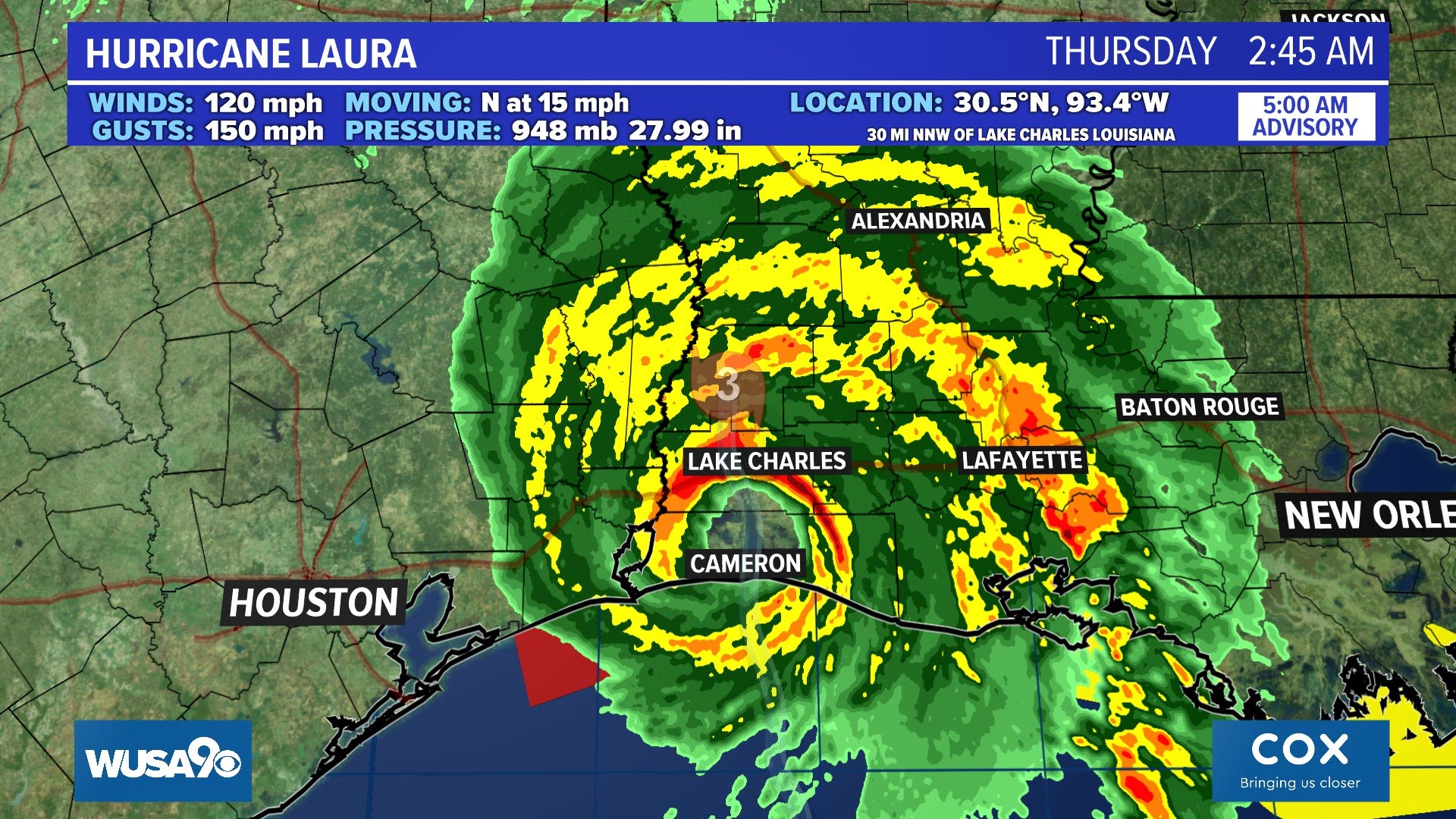Live Weather Radar Overview

Live weather radar is a technology that allows us to observe the movement and intensity of precipitation in real time. It works by sending out pulses of electromagnetic energy from a radar antenna. These pulses bounce off objects in the atmosphere, such as raindrops, snowflakes, and hail, and return to the antenna. The radar then analyzes the returning pulses to determine the location, size, and intensity of the precipitation.
There are two main types of live weather radar systems: Doppler radar and non-Doppler radar. Doppler radar is more advanced than non-Doppler radar and can measure the velocity of precipitation. This allows Doppler radar to detect tornadoes, wind shear, and other dangerous weather phenomena.
Live weather radar is used in a variety of industries, including aviation, shipping, and agriculture. In aviation, live weather radar is used to help pilots avoid hazardous weather conditions. In shipping, live weather radar is used to help captains navigate around storms. In agriculture, live weather radar is used to help farmers track precipitation and make informed decisions about irrigation.
Benefits and Applications of Live Weather Radar

Live weather radar has emerged as a groundbreaking tool in meteorology, aviation, and emergency response, providing real-time insights into weather patterns and enabling informed decision-making. Its benefits are numerous, and its applications span a wide range of fields, enhancing safety and improving our ability to respond to weather-related events.
One of the primary benefits of live weather radar is its ability to provide timely and accurate information about precipitation. By tracking the movement and intensity of rain, snow, and hail, meteorologists can issue timely warnings and advisories, helping communities prepare for potential flooding, landslides, or other weather-related hazards.
Aviation
In aviation, live weather radar is an indispensable tool for pilots, providing them with real-time information about weather conditions along their flight path. This enables them to make informed decisions about when and where to fly, avoiding areas of severe weather and ensuring the safety of passengers and crew.
- Pilots can detect and avoid thunderstorms, turbulence, and other hazardous weather conditions.
- Air traffic controllers can use live weather radar to optimize flight routes, minimizing delays and improving efficiency.
Meteorology, Live weather radar
In meteorology, live weather radar is a vital tool for forecasting and tracking weather patterns. By monitoring the movement and evolution of weather systems, meteorologists can issue accurate forecasts, helping communities prepare for upcoming weather events.
- Meteorologists can use live weather radar to identify and track the development of storms, hurricanes, and other weather systems.
- Live weather radar data can be used to create weather maps and models, providing a comprehensive understanding of weather patterns.
Emergency Response
In emergency response, live weather radar is a critical tool for coordinating relief efforts and protecting lives and property. By providing real-time information about the location and intensity of weather events, emergency responders can make informed decisions about where to deploy resources and how to best respond to the situation.
- Emergency responders can use live weather radar to track the movement of wildfires, floods, and other natural disasters.
- Live weather radar data can be used to create evacuation maps and provide timely warnings to communities at risk.
In the tapestry of nature’s symphony, live weather radar serves as a conductor, guiding us through the ethereal dance of storms. Its watchful eye captures the movements of atmospheric giants like Beryl. Where is Beryl now ? Live weather radar unravels the enigma, revealing her path amidst the swirling winds and billowing clouds.
Its symphony continues, weaving together threads of data, painting a dynamic portrait of the ever-changing sky.
Live weather radar provides a dynamic view of the ever-changing atmospheric conditions, allowing us to track the movement of storms with precision. For those interested in monitoring the progress of Hurricane Beryl, the hurricane beryl tracker live offers real-time updates on its path and intensity.
By combining the insights from live weather radar with dedicated hurricane trackers, we can stay informed and prepared for any potential impact.